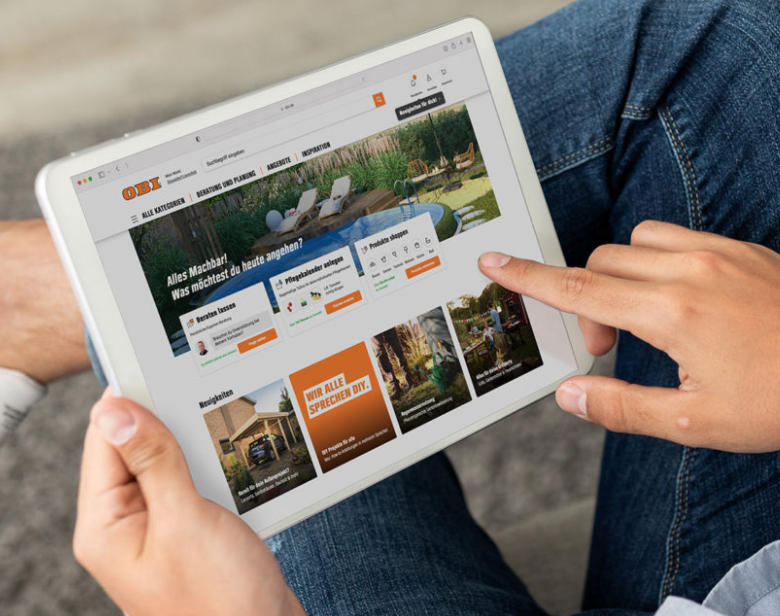As we move through the golden quarter, towards cyber weekend and the critical Christmas spending period, retailers are preparing for an unprecedented time in which amplifying their channels of access to tackle seesawing decisions is crucial.
This is according to global ecommerce platform Kooomo, which states that smart retailers are those realising the opportunity to maximise sales by perfecting mcommerce within their blueprints.
A recent report found that mobile revenue in the UK increased by 63% in Q2 of this year and last year, a third of all sales over cyber weekend were made via mobile. With the pandemic having changed consumer behaviours and accelerated online spending, mcommerce is also seeing a boost, with consumers happy to sit, scroll and purchase from their mobile while they engage with their other devices too.
Having a mobile-first strategy has increased in popularity over the past few years, but has now become an essential for retailers. Today’s shoppers want a simple yet engaging experience with retailers and those delivering this via mobile will see increased engagement and sales. The idea is to keep it simple both for you and the consumer – minimising the upkeep you need to do and simplifying the experience for your user. Therefore, done right, retail apps are a much more personalised and engaging extension of your omnichannel strategy.
In general, retail apps have been found to be “addictive”, with a recent study showing 54% of consumers use them weekly. With this in mind, the check-out process and the omnichannel experience are two key areas which benefit through a mobile-first strategy:
The check out
As with eCommerce, the user experience is king and the check-out experience is the crown. Having a check-out that is optimised for mobile, whether on an app or search engine, is a crucial step towards minimising your cart abandonment.
Furthermore, the increase in mobile payment options is proving to be a huge boost for customers’ mobile experience. We have frequently discussed the importance of diversifying payment methods, particularly with internationalising your business – what is customary in one country varies to the next. The same thought process can be applied across devices.
Digital wallets may be the deciding factor in conversions from visits to purchases – a recent report indicates that having a digital wallet payment option can triple your conversion rate.
Consumers have become accustomed to instantaneous processes – therefore requests such as “fill in your credit card details” on a small touch screen are felt like too much of a demand. The answer? One-click checkouts.
On the note of one-click processes, it’s also important to provide the option to check out as a guest. Forms aren’t fun to fill out at the best of times and on mobile, it’s nothing short of a pain. Some consumers may be visiting your site for the first time as a mobile user, so if you want to maintain engagement, give them the option to postpone this requirement.
The less they have to do, the more likely they are to complete the checkout process and return as a customer.
The omnichannel customer experience
Omnichannel shoppers have a 30% higher lifetime value than those who shop on a single channel. However, consumers expect to be able to jump from one device to another with a flow that has been synchronised – but, as few retailers have perfected this across mobile, the opportunity to set oneself apart on mobile experience is huge.
As a result of COVID-19, many retailers have begun pushing their digital strategies to enforce cross-synergies between digital and physical shopping preferences. Some are even offering an almost reverse take on click and collect: through the retailers’ mobile app, shoppers are able to scan the QR codes on tags in store which can then be added to saved wishlists or baskets on the app for purchase later.
Some retailers think that having a mobile extension of their brand is enough to “tick the box” – in reality, if your mobile doesn’t communicate your USPs in the way as they would in store you run the risk of frustrating your consumers. 84% of consumers say they’re more likely to stick with a brand that offers a loyalty programme – and on mobile apps in particular this helps companies stay consistently engaged with their customers, which helps boost brand loyalty.
Perfecting and captilasing off mcommerce comes down to simplicity, ease of use and synchronising the brand experience. While the landscape for retailers is scary and uncertain right now, there are beacons of hope to plan towards. Within crisis are the seeds of opportunity, and fortune favours the retailers prepared to nurture the stem of mcommerce.









